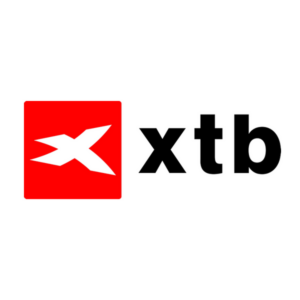
A fast-growing ECN broker with competitive pricing and advanced trading platforms.
FMA (New Zealand), FSA (Seychelles)
Hey, fellow traders! If you’re hunting for a broker that can keep up with your forex and CFD game, BlackBull Markets might just be on your radar. I’ve been trading for years, and I’m here to give you the lowdown on this New Zealand-based outfit. In this review, we’ll cover the essentials—platforms, accounts, and more—so you can decide if it’s a fit for your trading style. Let’s get into it!
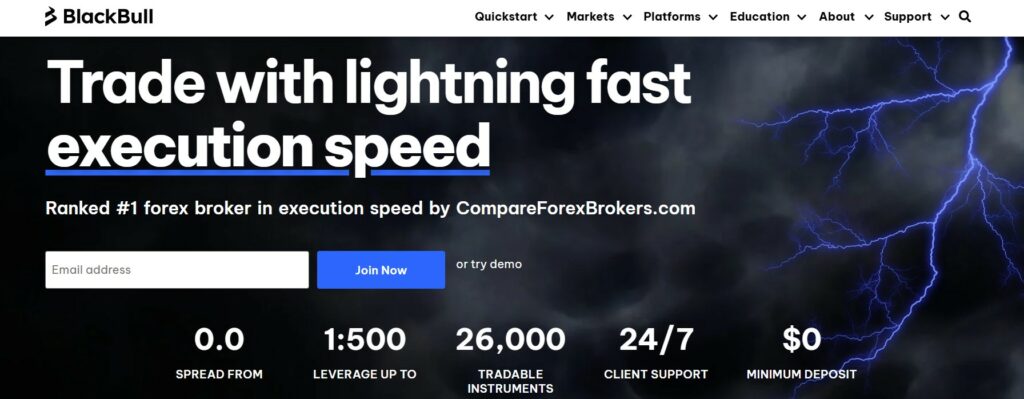
BlackBull Markets Complete Overview
BlackBull Markets started back in 2014, and they’ve built a solid rep since then. They’re based in Auckland, New Zealand, and run an ECN (Electronic Communication Network) model. That means no middleman messing with your trades—just direct market access with fast execution and tight spreads. I’ve traded with them for a while now, and I like how they offer over 26,000 instruments. We’re talking forex pairs, stocks, commodities, indices, and even cryptocurrencies. It’s a pretty wide playground! They’ve got regulation in place too, which is key for peace of mind when you’re moving money around.
Is BlackBull Markets Legit?
Alright, let’s tackle the big question: is BlackBull Markets legit? Short answer—yes, they are. They’re regulated by the Financial Markets Authority (FMA) in New Zealand, which is a serious player in the regulatory world. I trust the FMA because they enforce strict rules to protect traders like us. BlackBull’s main company, Black Bull Group Limited, sticks to those standards. They also have a Seychelles branch under the FSA, but it’s the FMA oversight that matters most to me.
Here’s what makes them legit in my book:
- Segregated Funds: Your money sits in a separate account at ANZ Bank, not mixed with their cash.
- Dispute Resolution: They’re part of the Financial Services Complaints Limited (FSCL) scheme, so you’ve got backup if things go sideways.
- Transparency: No hidden tricks—I’ve never had issues with withdrawals or funny business.
I’ve been with brokers that gave me headaches, but BlackBull’s been smooth sailing so far. They’re not perfect—nobody is—but they check the boxes for being trustworthy.
BlackBull Markets Trading Platforms
When it comes to trading platforms, BlackBull Markets brings a strong lineup. Whether you’re parked at your desk or out and about, they’ve got tools to keep you in the game. I’ve spent hours on each one, so here’s my take based on real use.
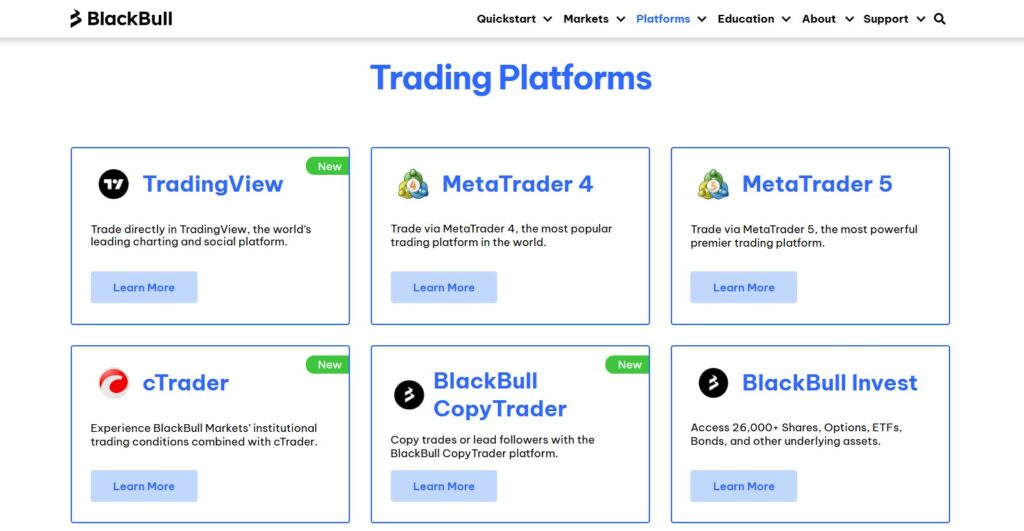
MetaTrader 4 and 5
MT4 and MT5 are the classics, and BlackBull supports both like champs. MetaTrader 4 is my go-to for quick, no-fuss trading. It’s got everything—charts, indicators, and Expert Advisors (EAs) if you’re into automation. I use it for scalping forex pairs, and the execution’s always snappy. Then there’s MetaTrader 5, which takes it up a notch. More timeframes, deeper charting, and access to stocks and futures alongside forex. It’s perfect if you’re juggling multiple markets. Both hook into BlackBull’s ECN setup, so you’re getting tight spreads and fast fills. Here’s a quick comparison:
| Feature | MT4 | MT5 |
| Timeframes | 9 | 21 |
| Markets | Forex, CFDs | Forex, CFDs, Stocks |
| Execution Speed | Fast | Faster |
| Custom Indicators | Yes | Yes |
If you’re technical or run bots, these platforms are hard to beat.
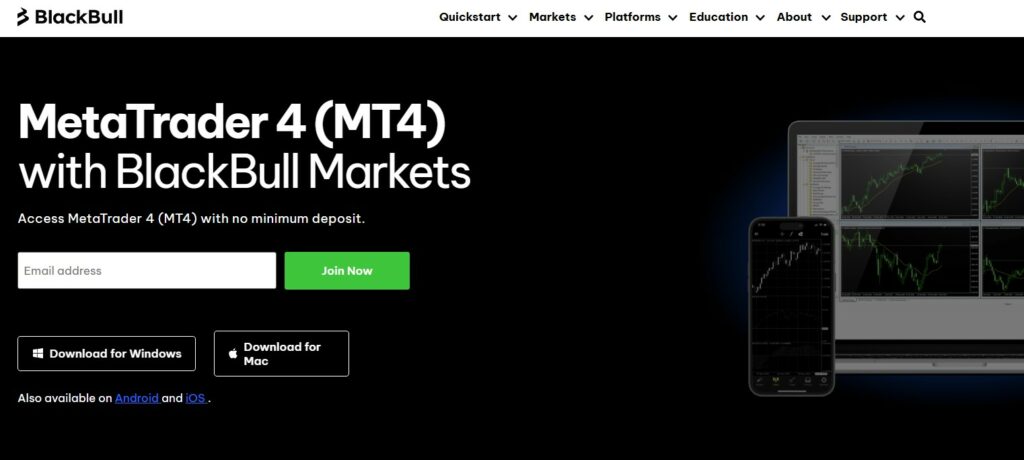
cTrader
cTrader’s a different beast, and I love it for its polish. The interface is clean, and the execution is lightning-fast—perfect for day trading or scalping. You get Level II pricing, which shows market depth, so you know where the big orders sit. I’ve used it on EUR/USD, and the spreads drop as low as 0.1 pips with BlackBull’s Prime setup. It’s not as customizable as MT4, but the speed and precision make it a winner. Plus, it runs off their Equinix servers in New York and London—lag’s never been an issue for me.
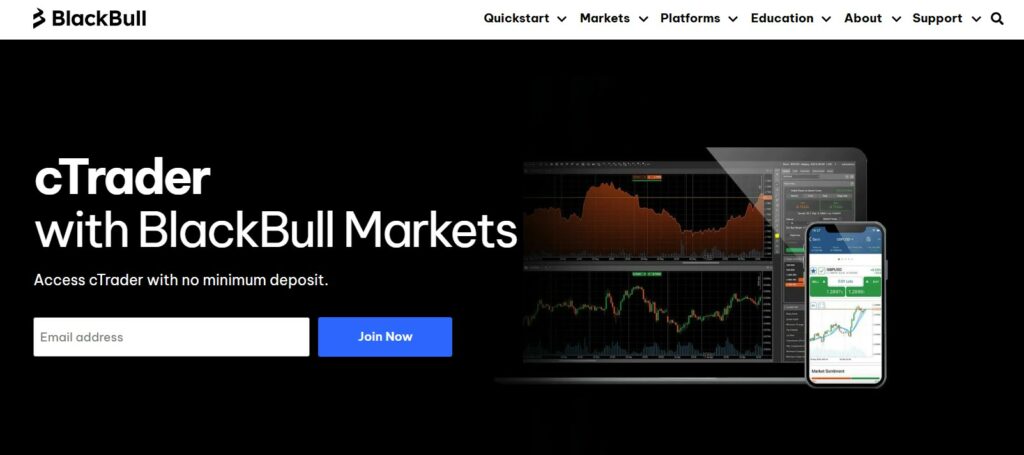
BlackBull Markets Mobile App
On the move? BlackBull’s mobile app keeps you connected. It’s built on MT4 and MT5, so you’re not dealing with some half-baked custom app. I’ve used it to check charts, tweak trades, and even close positions while waiting for a flight. It’s solid—responsive and straightforward. The downside? If you’ve got big hands like me, the screen can feel tight. Still, for quick moves or keeping an eye on the market, it does the trick. Here’s what you can do:
- Monitor live prices
- Place and adjust trades
- Check account balance
- Pull up basic charts
It’s not a desktop replacement, but it’s clutch for staying in control.
TradingView Integration
BlackBull’s TradingView integration is a standout perk. If you’re into gorgeous charts and community ideas, this is gold. You can analyze markets with TradingView’s tools—think advanced indicators and drawing options—then execute trades straight through BlackBull. I’ve used it to spot trends on GBP/JPY, and the link to my account is seamless. Bonus: trade enough volume, and they’ll toss in a free TradingView Pro subscription. That’s a nice touch for active traders like me.
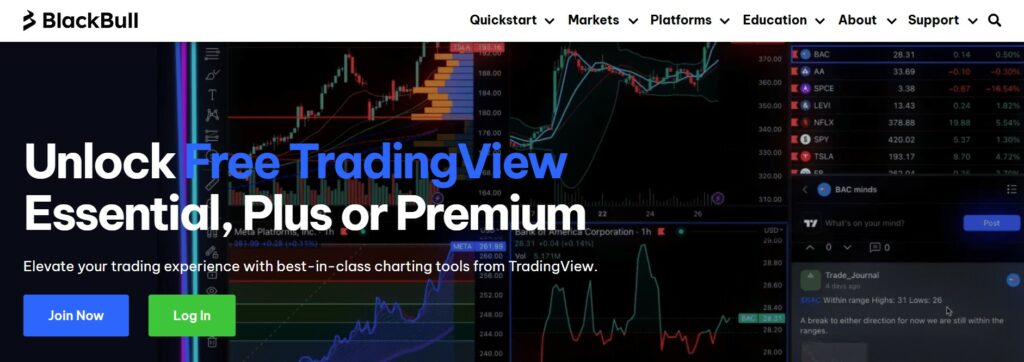
BlackBull Markets Account Types
BlackBull’s got a range of accounts to match your style, whether you’re dipping your toes in or swinging big. I’ve tested a few, and they’re well thought out. Let’s break them down.
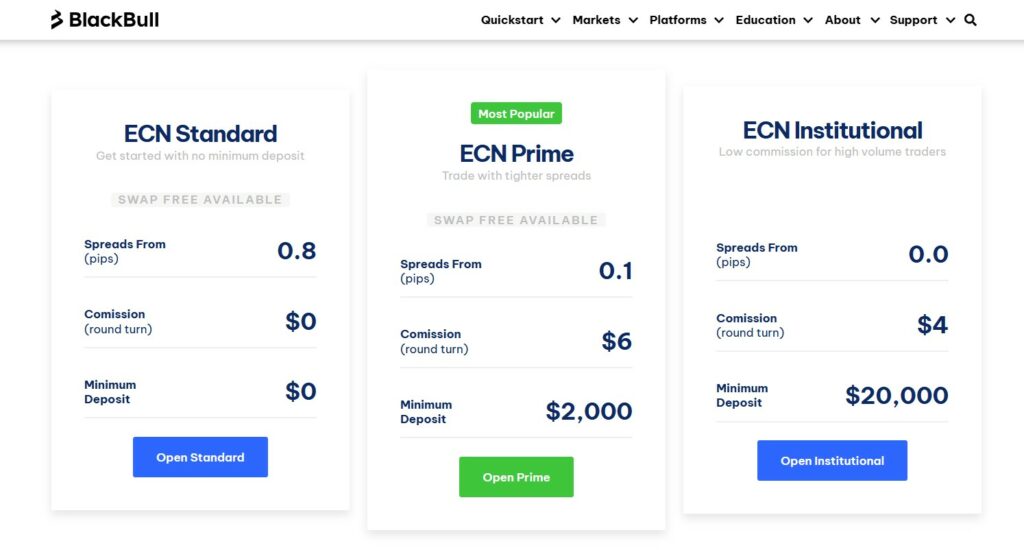
Standard Account
The Standard Account is your entry point—great for beginners or casual traders. No commissions, just spreads starting at 0.8 pips. There’s no minimum deposit, so you can start with $100 or whatever you’re comfortable with. I ran this account when I first joined BlackBull, and it’s perfect for learning the ropes without extra costs. It’s simple and keeps your profits intact.
Prime Account
The Prime Account is where things get serious. Spreads tighten to 0.1 pips, but you’ll pay a $6 per lot commission. You need $2,000 to kick it off. I switched to this when I ramped up my trading—lower spreads outweighed the commission for me. It’s ideal if you’re active and want better pricing. Here’s a quick look:
| Account Type | Spreads | Commission | Min. Deposit |
| Standard | From 0.8 pips | $0 | None |
| Prime | From 0.1 pips | $6 per lot | $2,000 |
Institutional Account
For the big dogs, there’s the Institutional Account. Spreads hit 0.0 pips, commissions drop to $4 per lot, but you’re looking at a $20,000 minimum deposit. I haven’t jumped in here—my budget’s not that deep yet—but it’s built for pros or funds trading serious volume. If you’re moving millions, this is your lane.
Islamic Account
BlackBull offers an Islamic Account for traders following Sharia law. It’s swap-free, so no interest on overnight positions. You can apply this to Standard, Prime, or Institutional accounts—just hit up support to switch it on. I’ve got friends who use it, and they say it’s straightforward and fits their needs perfectly.
Demo Account
Not ready to go live? The Demo Account’s your sandbox. It’s free, unlimited, and mirrors real market conditions—spreads, execution, the works. I always tell new traders to start here. You can test strategies, get comfy with the platforms, and not risk a dime. It’s a must before jumping in with real cash.
BlackBull Markets Login and Account Management
Getting into your BlackBull Markets account is straightforward, and managing it feels like second nature after a few tries. Once you sign up, they give you access to their client portal—it’s your control center for all things trading. I log in with my email and a password, and they’ve got two-factor authentication (2FA) as an option, which I turned on right away. Keeps the hackers out, and I sleep better knowing my funds are locked down. The portal’s clean—your balance, open positions, and account settings are right there. First time I used it, I fumbled a bit finding the deposit button, but now it’s a breeze.
What can you do once you’re in? Plenty. You can switch between accounts if you’ve got more than one—I run a Standard and a Demo, and toggling’s just a click. There’s a section to upload ID docs for verification, which took me five minutes tops. Need to track your trades? They’ve got a history tab with downloadable reports—super handy for tax season or just figuring out where you’re winning or losing. I also like how you can set up notifications for margin calls or price alerts. It’s not the flashiest dashboard I’ve seen, but it gets the job done without bogging you down.
Here’s what I use the portal for most:
- Checking my equity and margin levels.
- Switching between live and demo accounts.
- Pulling trade history for analysis.
- Updating my payment details.
If you’re juggling a busy trading schedule, this setup keeps things organized and quick.
Trading Costs and Fee Structure
Trading costs are the name of the game—keep them low, and your profits stay high. BlackBull Markets has a fee structure that’s competitive, but it’s not one-size-fits-all. I’ve traded across their accounts, so I’ll break it down into spreads, commissions, and the sneaky non-trading fees. Let’s see what you’re really paying.
BlackBull Markets Spreads Across Asset Classes
Spreads are where BlackBull flexes its muscle, especially on ECN accounts. On the Standard Account, you’re looking at spreads starting at 0.8 pips for major forex pairs like EUR/USD. That’s decent for a no-commission setup—I’ve used it for casual trades without feeling pinched. Step up to the Prime Account, and spreads drop to 0.1 pips on the same pairs. I switched to Prime when I started trading bigger lots, and the savings added up fast. Institutional Accounts? You’re at 0.0 pips—raw spreads for the pros.
Spreads shift depending on what you trade. Forex is tight, but stuff like crypto or commodities widens out. I’ve tracked some averages over months of trading—check this table:
| Asset Class | Standard Account (pips) | Prime Account (pips) | Institutional (pips) |
| EUR/USD | 0.8 – 1.2 | 0.1 – 0.4 | 0.0 – 0.2 |
| GBP/JPY | 1.2 – 1.8 | 0.3 – 0.6 | 0.1 – 0.3 |
| Gold (XAU/USD) | 20 – 30 | 10 – 15 | 5 – 10 |
| S&P 500 CFD | 0.5 – 0.8 | 0.3 – 0.5 | 0.2 – 0.4 |
| Bitcoin (BTC/USD) | 20 – 40 | 10 – 20 | 8 – 15 |
Forex majors are a steal on Prime, and even gold’s workable if you time it right. Crypto spreads bounce around—volatility’s the culprit—but it’s in line with the industry. I stick to forex and indices mostly; that’s where BlackBull’s pricing shines.
Commission Rates and Models
Commissions only come into play if you’re off the Standard Account. Standard’s a zero-commission deal—higher spreads cover their cut. Prime hits you with $6 per round-turn lot—that’s $3 to open, $3 to close. I was skeptical at first, but paired with those 0.1-pip spreads, it’s a bargain for active traders like me. Institutional drops it to $4 per lot, which makes sense if you’re moving serious volume.
Here’s the commission rundown:
- Standard: $0 per lot—simple and clean.
- Prime: $6 per lot—balances cost and tight spreads.
- Institutional: $4 per lot—cheaper for big trades.
I’ve run both Standard and Prime. For small trades, Standard’s fine. But when I’m scalping 5-10 lots a day, Prime’s commission pays off. Do the math for your style—it’s worth it.
Non-Trading Fees Assessment
Non-trading fees are the hidden traps, but BlackBull keeps them minimal. Deposits and withdrawals are usually free, which I’ve tested with bank wires and Skrill—no extra charges from their side. Your bank might ding you for wires, though—mine takes $15. There’s an inactivity fee: $10 a month if you don’t trade for six months. Caught me once when I took a break, but it’s easy to avoid—just place a trade now and then. No account maintenance fees or random costs, which is a relief after dealing with brokers who nickel-and-dime you.
What to watch for:
- Inactivity Fee: $10/month after 6 months.
- Third-Party Charges: Bank or e-wallet fees (not BlackBull’s fault).
- Swap Fees: Overnight costs on leveraged positions—standard stuff.
Compared to some brokers I’ve used, BlackBull’s pretty transparent. No nasty surprises so far.
BlackBull Markets Minimum Deposit Requirements
BlackBull’s minimum deposits are flexible, which I like. Standard Account has no minimum—you can toss in $50 and start trading, though I’d say $200 gives you breathing room. Prime requires $2,000 to get those low spreads and commissions. Institutional’s a hefty $20,000—built for the high rollers. Islamic accounts match their base type, and Demo’s free with virtual cash.
Here’s the table:
| Account Type | Minimum Deposit | Best For |
| Standard | $0 ($100+ recommended) | Beginners, small traders |
| Prime | $2,000 | Active traders |
| Institutional | $20,000 | Pros, big volumes |
| Demo | $0 | Practice, testing |
I kicked off with $300 on Standard—worked fine for learning. Pick what matches your wallet and goals.
BlackBull Markets Leverage
Leverage at BlackBull can go as high as 1:500, which is a big gun for retail traders. I’ve used 1:100 on forex pairs like USD/JPY to keep my risk sane, but 1:500’s there if you’re chasing quick moves. It varies by asset—gold gets 1:500, indices like Nasdaq hit 1:100, and stock CFDs cap at 1:20. EU clients are stuck at 1:30 due to FMA rules, but outside that, 1:500’s fair game.
Here’s what I’ve learned:
- High leverage boosts wins but amplifies losses—use it smart.
- Negative balance protection’s included—you won’t owe more than you deposit.
- Margin calls come fast if you overdo it—keep an eye on your levels.
I’ve blown an account with high leverage before (not with BlackBull), so I stick to 1:50-1:100 now. It’s a solid offering, just don’t get reckless.
BlackBull Markets Trading Instruments
BlackBull boasts over 26,000 instruments, and they’re not kidding. Forex leads with 60+ pairs—majors like EUR/USD, minors, and exotics like USD/ZAR. Then there’s CFDs: stocks (Apple, Amazon), indices (Dow, DAX), commodities (oil, silver), and crypto (Bitcoin, Ripple). I mostly trade forex and gold, but I’ve jumped on BTC/USD during pumps. Execution’s fast across the board, thanks to their ECN setup.
My top picks:
- Forex: Deep liquidity, tight spreads.
- Gold: Good for hedging volatility.
- Crypto: 24/7 action—wild but fun.
It’s a buffet—whatever your style, they’ve got something to trade.
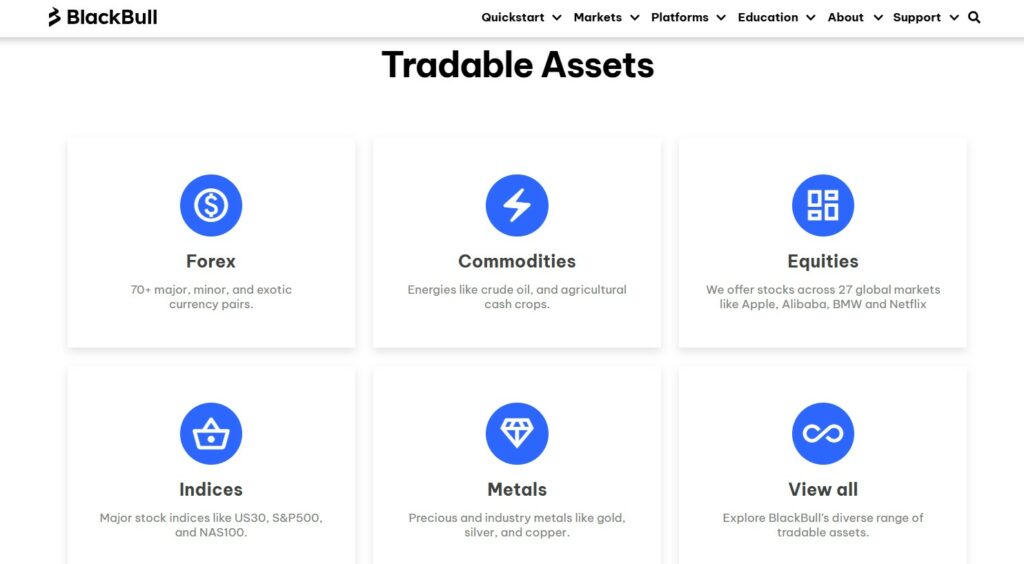
Deposits and Withdrawals
Moving money in and out of BlackBull is smooth as butter. Deposits are quick—bank wires take 1-3 days, but Skrill, Neteller, or Visa hit instantly. I’ve funded with Visa and had cash ready in hours. Withdrawals? E-wallets process in 24 hours; wires take 2-5 days. No fees from BlackBull, though my bank skims $10-15 on wires. Crypto withdrawals (BTC, USDT) are an option too—fast and cheap if you’re into that.
Methods I’ve used:
- Bank wire (reliable but slower).
- Skrill (instant and free).
- Visa (quick deposits).
- Bitcoin (cool for crypto fans).
Verify your account upfront—ID and proof of address—to dodge delays. I’ve cashed out profits a few times, and it’s been hassle-free every go.
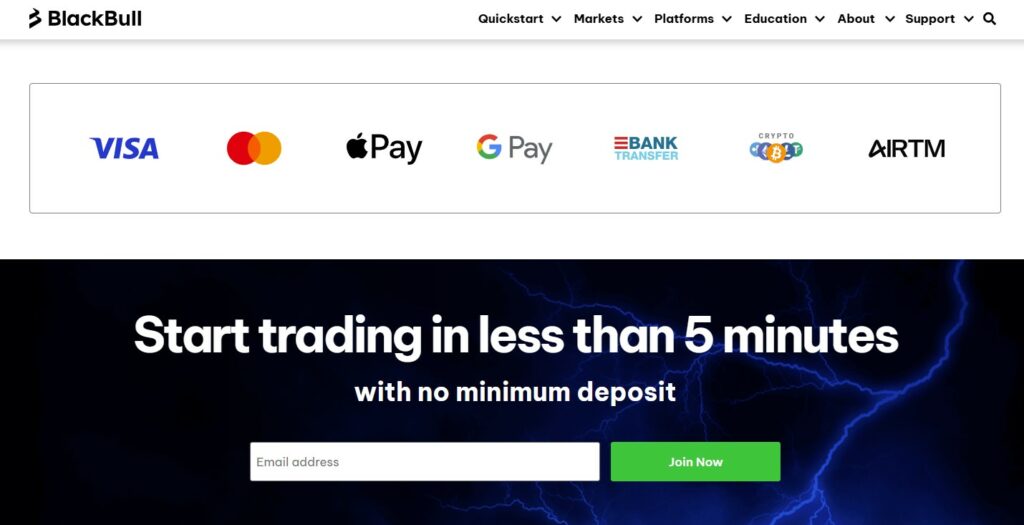
BlackBull Markets Trading Hours and Conditions
BlackBull Markets runs a 24/5 operation, which is standard for forex brokers. You can trade from Monday’s market open to Friday’s close, round the clock, five days a week. I’ve been up at odd hours scalping EUR/USD, and their servers keep humming—no downtime I’ve noticed. Hours shift a bit depending on your time zone—New York, London, and Tokyo sessions all have their own kickoff times—but it’s seamless if you’re on MT4 or TradingView. They’re tied to Equinix servers (NY4, LD5, TY3), so execution’s fast, usually under 75 milliseconds. That’s clutch for day traders like me who hate slippage.
Conditions are solid too. It’s an ECN setup, so no dealing desk meddling—just straight market access. Spreads tighten during peak hours (London-New York overlap), but widen out during quiet times like the Asian session. Slippage? Rare, unless you’re trading big news like Non-Farm Payrolls—then it can go either way, profit or pain. Margin calls hit at 70%, and you’re stopped out at 50%. I’ve had a few close calls, but their negative balance protection saved me from owing anything. Swap fees apply if you hold overnight—pretty average rates, though they fluctuate. Check their site for specifics by pair.
Here’s a quick look at trading hours by major markets:
| Market | Opens (UTC) | Closes (UTC) |
| New York | 12:00 PM | 9:00 PM |
| London | 7:00 AM | 4:00 PM |
| Tokyo | 11:00 PM | 8:00 AM |
Promotional Offers and Incentives
BlackBull Markets throws some decent perks your way if you’re into bonuses. They don’t overdo it like some brokers, but what’s on offer can pad your account nicely. I’ve tapped into a couple of these over time—here’s the breakdown.
BlackBull Markets Discount Codes and Coupons
Discount codes and coupons aren’t a constant thing with BlackBull, but they pop up now and then. I’ve seen them tied to trading fees or platform perks—like a free month of TradingView Pro if you hit a volume target. Nothing active as of March 26, 2025, but keep an eye on their site or newsletter. They don’t blast these out like retail stores; it’s more subtle. My tip? Follow their socials—Twitter or LinkedIn—for flash deals. Last year, I snagged a spread discount during a holiday promo—saved me a few bucks on forex trades.
Refer a Friend Program Benefits
The Refer a Friend program’s a standout. Invite someone, they sign up with your link, and if they deposit and trade, you both score up to $250 in trading credit. I referred a buddy who dropped $500 and traded a few lots—boom, we each got $250 credited within a week. No cap on how many friends you can bring in, so it’s a sweet way to stack extra cash. Just make sure they meet the minimum trade volume (usually 5 lots) within 90 days. It’s a win-win—your crew joins, and your account grows.
Deposit Bonuses and Trading Credits
Deposit bonuses aren’t a regular fixture, but they surface occasionally. I’ve seen offers where you get 20% extra trading credit if you fund $1,000 or more—time-limited stuff, usually around big market events. Credits can’t be withdrawn, but they boost your margin for bigger trades. Last time I grabbed one, it let me double down on a gold position without dipping deeper into my pocket. Check their promo page or ask support—sometimes they’ll hint at what’s coming.
Promotional Periods and Special Events
BlackBull ties promos to holidays or market milestones. Think Christmas, Black Friday, or their anniversary. I caught a special event last year—trade 20 lots in a month, get a free VPS for three months. Saved me $50 monthly, and the faster connection cut my latency. They also run TradingView rebates: hit a volume goal (like 50 lots on forex or metals), and they cover your subscription cost. These deals come and go, so timing’s key—watch their site around big dates.
Loyalty Rewards System
No formal “loyalty program” with points or tiers, but BlackBull rewards consistent traders indirectly. Trade enough volume—say, 20 lots a month—and you might unlock free VPS hosting or lower commissions on Prime. I’ve been active for a year, and they tossed me a free TradingView Plus upgrade after I hit 100 lots. It’s not advertised loud, but stick around, trade steady, and they’ll hook you up. More of a handshake than a system, but it works.
BlackBull Markets Affiliate Program
The affiliate program’s a goldmine if you’ve got a network. It’s not just for traders—bloggers, influencers, or anyone with traffic can cash in. You sign up, get a referral link, and earn up to $1,000 per client who joins and trades. I’ve sent a few leads their way and pulled $600 once—payouts hit on the 15th of each month if you clear $500. They give you banners, landing pages, and a dashboard to track clicks and conversions.
What I like:
- High CPA—$600-$1,000 per qualified trader.
- Flexible payments—Skrill, Neteller, bank wire.
- No cap on earnings—sky’s the limit.
Downside? The $200 minimum deposit for clients might scare off small fry, and they’re picky about traffic sources—no shady arbitrage tricks. If you’ve got a legit audience, it’s a steady side hustle.
Educational Content for Different Skill Levels
BlackBull’s education isn’t the deepest, but it’s growing. Beginners get basics—guides on forex, charting, and risk management. I started with their “Learn to Trade” podcast on YouTube—short, punchy episodes that break down pairs like USD/JPY. Intermediate traders like me dig their daily “Trading Opportunities” articles—technical and fundamental bites that flagged a GBP/USD breakout once. Advanced folks? Slim pickings—some webinars and EA tips for MT4/5, but it’s not heavy on algo trading or macro analysis.
They’ve got:
- Articles and tutorials (50+ now, up from 20 last year).
- Webinars—live sessions on scalping or trends.
- Videos—quick hits on platforms and strategies.
It’s solid for newbies and casual traders, but if you’re a pro, you’ll lean on external sources. More video tutorials would juice it up—still, it’s free and beats nothing.
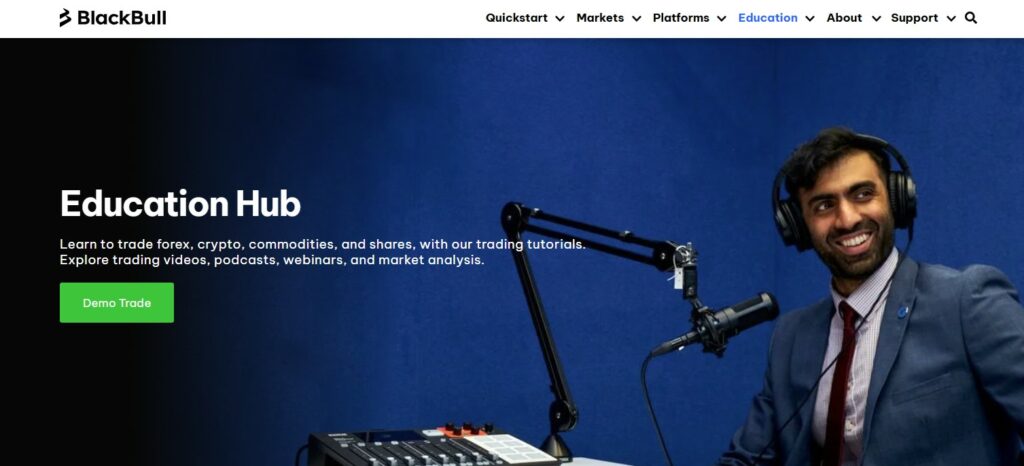
BlackBull Markets Customer Support
Support’s a strong suit—24/7 via live chat, email, or phone. I’ve hit them up at 3 AM PDT with a withdrawal glitch, and a guy named Rodolfo sorted it in 10 minutes—polite and sharp. Phone’s +64 9 558 5142, email’s [email protected], and chat’s on their site. They’ve got WhatsApp too, which I’ve used for quick platform questions. Response time’s fast—chat’s instant, email’s under an hour. Only gripe? Weekend chat can lag if they’re short-staffed, but it’s rare. Traders on Trustpilot rave about agents like Ilias—real help, not canned replies.

Expert Verdict: Is BlackBull Markets Right for You?
So, is BlackBull your broker? Depends on your game. Beginners—yes, with no minimum deposit, demo accounts, and decent education, it’s a low-risk start. Day traders and scalpers like me love the tight spreads (0.1 pips on Prime), 1:500 leverage, and fast execution—perfect for quick hits. Big players? Institutional’s raw spreads and $4 commissions fit high-volume plans. Casual traders get flexibility—26,000+ instruments and platforms like cTrader or TradingView keep it fun.
Downsides? Withdrawal fees ($5) sting a bit, and education lacks depth for pros. If you’re in the US, you’re out—Canada too. But for most, BlackBull’s a contender. I’ve made consistent profits here—regulation’s tight (FMA), funds are safe, and tools deliver. If you want speed, choice, and value, give it a shot.
Frequently Asked Questions
Got questions about BlackBull Markets? I’ve traded with them enough to know the deal, so here’s the quick scoop on the stuff I get asked most, straight from my time in the trenches.
What is the minimum deposit for BlackBull Markets?
BlackBull’s minimum deposit varies by account. Standard has no set minimum—$1 works, but I’d go $100-$200 to trade comfortably; I started with $300. Prime needs $2,000 for tighter spreads, and Institutional’s $20,000 for big players. Demo’s free with virtual cash.



